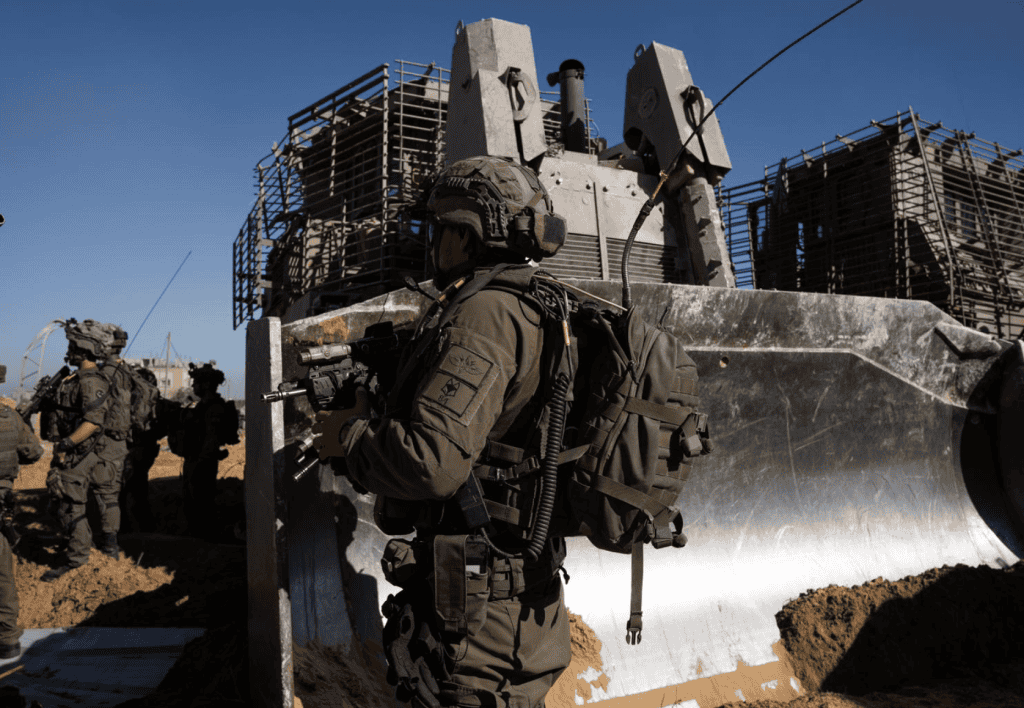
The Israel Defense Forces have rapidly increased the number of troops fighting in Gaza over the week of May 5-12, sending two divisions to clear out Hamas in eastern Rafah and Jabalya. Eastern Rafah is along the Egyptian border, and is a sensitive area because of potential opposition from the US and Egypt. Jabalya is in northern Gaza and was previously cleared by the IDF in December. A third, smaller operation also began in Gaza city’s Zaytun suburb.
The multiple operations are bolstered by Israel’s control of the Netzarim corridor which stretches across Gaza, cutting off Gaza City from central Gaza and giving IDF forces easier access to areas such as Zaytun. The decision to return to Jabalya is raising eyebrows in Israel because the IDF cleared the area once already and it is clear now how quickly Hamas has re-established control. Hamas also launched rockets at the Israeli city of Ashkelon twice on May 11-12 and twice at Beersheba on May 10-11, illustrating that terrorist groups continue to possess or rebuild long-range rocket capabilities. In general, there have been few long-range rocket launches since January 1.
There is now rising concern in the IDF that the absence of a strategy to find a replacement to Hamas will lead to a cycle of clearing areas and having to return for the foreseeable future. “We are now operating once again in Jabaliya. As long as there’s no diplomatic process to develop a governing body in the Strip that isn’t Hamas, we’ll have to launch campaigns again and again in other places to dismantle Hamas’s infrastructure,” Halevi said to Israel’s Channel 13. “It will be a Sisyphean task.” Similar reports across Israeli media indicate a growing recognition of this problem.
The new phase of operations in Gaza began on the evening of May 6, when IDF troops crossed into southern Gaza and took over areas in eastern Rafah. Over five days of fighting, they secured the key Salah al-Din road and other road junctions and outlying neighborhoods of Rafah. These areas are called Al-Bayuk and Shokat al-Sufi. The moves along the border, including Israeli tanks seizing the Gaza side of the Rafah crossing, have led to increasing criticism from Egypt, including reports in Arab media that the operation could lead Egypt to assert that Israel is breaching the peace treaty between the countries, which regulates the number and type of military units that may be in this sensitive border zone.
In Zaytun, the IDF lost four soldiers over several days of fighting from May 8-11. Zaytun was cleared by Israeli forces back in November and again in February, making symbolic of the IDF raid tactic followed by a rapid Hamas return to the cleared area.
In Jabalya, the IDF tasked the 98th division backed by the 7th armored brigade to return to this key area near Gaza City. Jabalya has long been a center of terrorist cells. The area of low hills overlooks fields in Israel and was one of the areas from which terrorists the October 7 attack. The 98th division and the 7th armored were the same units the IDF used to clear Khan Younis between December and April. The 98th division includes commando units and is known for precision operations. Overall, the IDF struck 150 targets in Gaza between May 11 and 12, of which 30 were in Jabalya.







